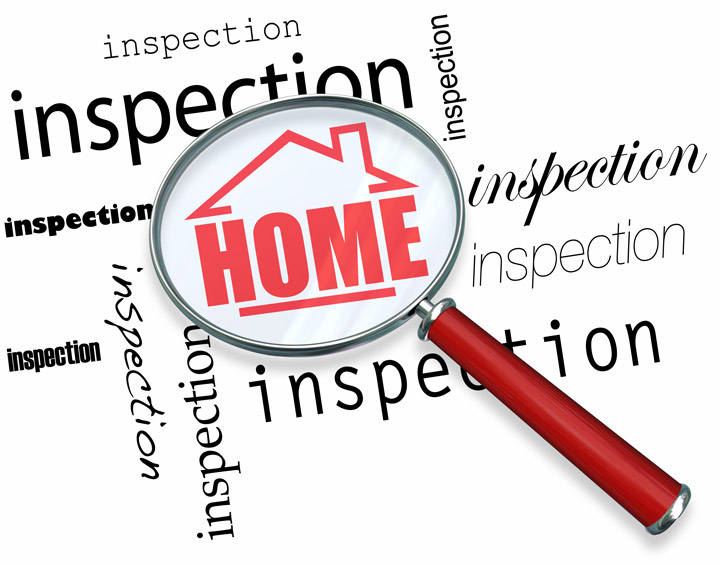
Making Sense of the Appraisal ProcessTheir home's purchase can be the most serious investment many people might ever encounter. It doesn't matter if where you raise your family, an additional vacation property or an investment, purchasing real property is a complex transaction that requires multiple people working in concert to pull it all off. It's likely you are familiar with the parties taking part in the transaction. The real estate agent is the most familiar person in the transaction. Then, the mortgage company provides the financial capital required to bankroll the transaction. And the title company ensures that all areas of the sale are completed and that the title is clear to transfer to the buyer from the seller. So, what party is responsible for making sure the value of the real estate is in line with the purchase price? In comes the appraiser. We provide an unbiased estimate of what a buyer could expect to pay — or a seller receive — for a property, where both buyer and seller are informed parties. A licensed, certified, professional appraiser from Tina Morrison will ensure, you as an interested party, are informed. Inspecting the subject propertyOur first duty at Tina Morrison is to inspect the property to determine its true status. We must see aspects of the property first hand, such as the number of bedrooms and bathrooms, the location, amenities, etc., to ensure they truly are there and are in the shape a reasonable person would expect them to be. The inspection often includes a sketch of the property, ensuring the square footage is proper and illustrating the layout of the property. Most importantly, we identify any obvious amenities - or defects - that would affect the value of the property. Once the site has been inspected, an appraiser uses two or three approaches to determining the value of the property: paired sales analysis and, in the case of a rental property, an income approach. 
Cost ApproachThis is where we pull information on local construction costs, labor rates and other factors to figure out how much it would cost to build a property similar to the one being appraised. This figure usually sets the maximum on what a property would sell for. The cost approach is also the least used method. 
Analyzing Comparable SalesAppraisers get to know the neighborhoods in which they appraise. They innately understand the value of certain features to the residents of that area. Then, the appraiser looks up recent sales in close proximity to the subject and finds properties which are 'comparable' to the property being appraised. Using knowledge of the value of certain items such as remodeled rooms, types of flooring, energy efficient items, patios and porches, or extra storage space, we add or subtract from each comparable's sales price so that they are more accurately in line with the features of subject property.
A true estimate of what the subject could sell for can only be determined once all differences between the comps and the subject have been evaluated. At Tina Morrison, we are an authority in knowing the value of particular items in Springboro and Warren County neighborhoods. The sales comparison approach to value is most often given the most consideration when an appraisal is for a real estate exchange. Valuation Using the Income ApproachA third method of valuing approach to value is sometimes applied when an area has a reasonable number of renter occupied properties. In this scenario, the amount of revenue the property yields is taken into consideration along with income produced by nearby properties to derive the current value. Arriving at a Value ConclusionCombining information from all applicable approaches, the appraiser is then ready to state an estimated market value for the subject property. The estimate of value on the appraisal report is not necessarily what's being paid for the property even though it is likely the best indication of a property's valueDepending on the individual circumstances of the buyer or seller, their level of urgency or a buyer's desire for that exact property, the closing price of a home can always be driven up or down.Regardless, the appraised value is typically employed as a guideline for lenders who don't want to loan a buyer more money than they could recover in case they had to put the property on the market again. At the end of the day, an appraiser from Tina Morrison will help you get the most fair and balanced property value, so you can make wise real estate decisions. |